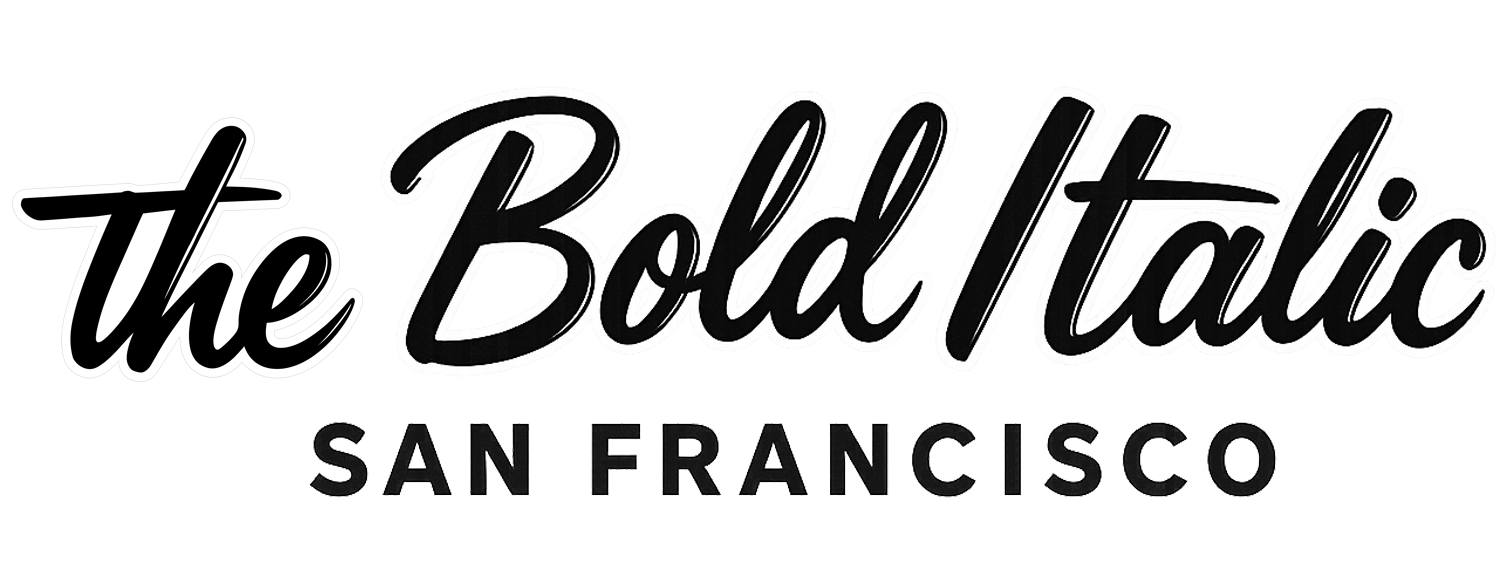This article is part of I Love San Francisco, a feature series of essays that highlight what makes San Francisco iconic and irreplaceable. It’s also an expanded excerpt from Alec Scott’s book — Oldest San Francisco.
I came to San Francisco to visit a college friend in a place on Telegraph Hill that looked out over Alcatraz. A family emergency called her away, and I was left on my own with a powder-blue Volkswagen Bug at my disposal. Its brakes weren’t the best, and I remember some perilous backward rolls and slips, some careens downhill that felt like something out of a show I’d seen as a kid, in reruns, The Streets of San Francisco.
I began with a visit to the Japanese Tea Garden, the oldest such public garden in the country — in Golden Gate Park. I had dim sum in the continent’s oldest Chinatown. I bought some books by the Beat Generation at City Lights, the nation’s first bookstore specializing in paperbacks, and read them at Caffé Trieste, the first espresso house on the West Coast. I went to Haight-Ashbury to look for traces of the counterculture and found that the free clinic that cared for the flower children was still open.
And as a young, straightlaced kid from small-town Ontario, I ventured to the Castro, where I was inspired by its massive rainbow flag, waving in the breeze to acknowledge that, though I was straightlaced, I wasn’t straight. (I would come out a year later.)
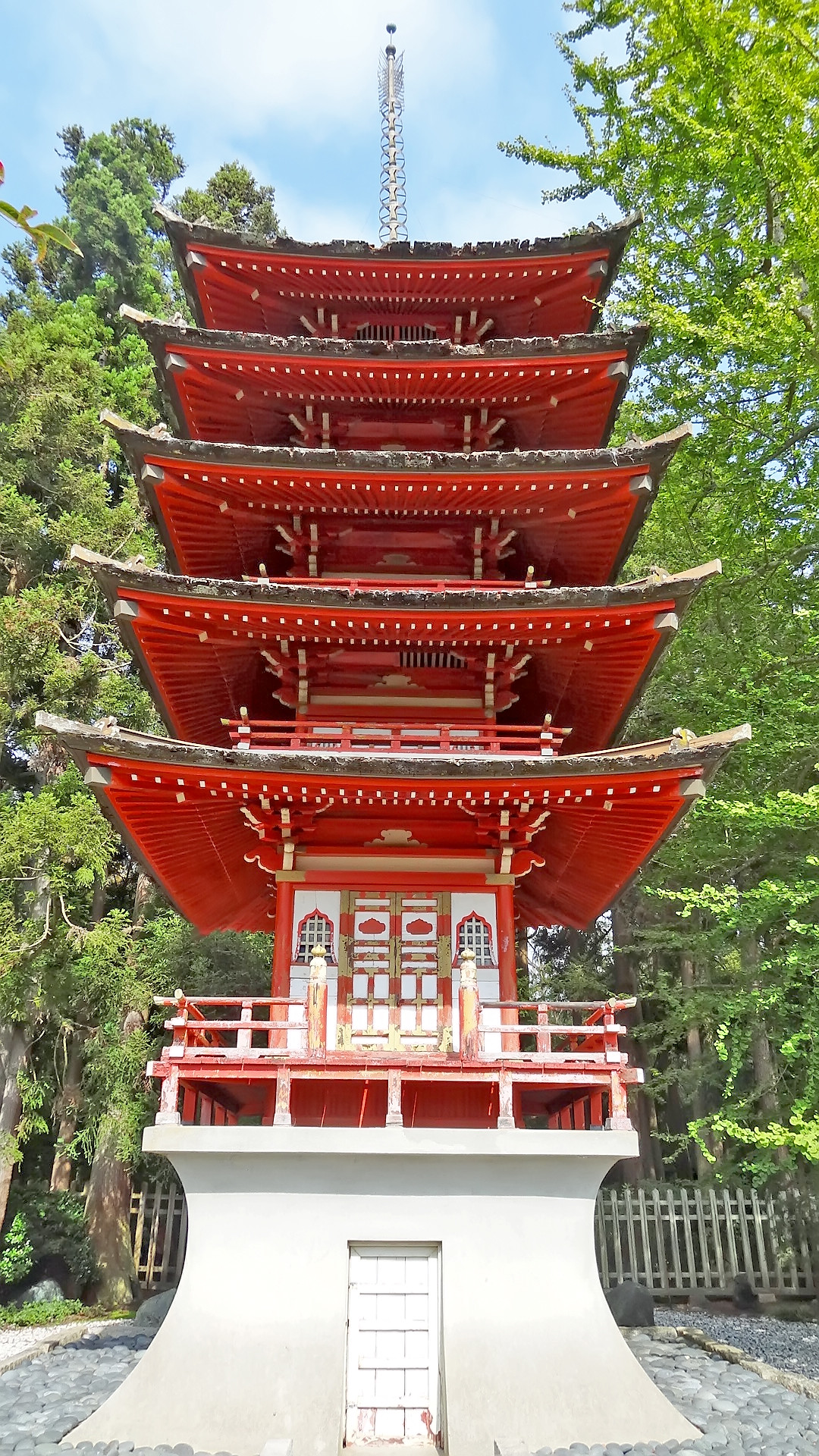
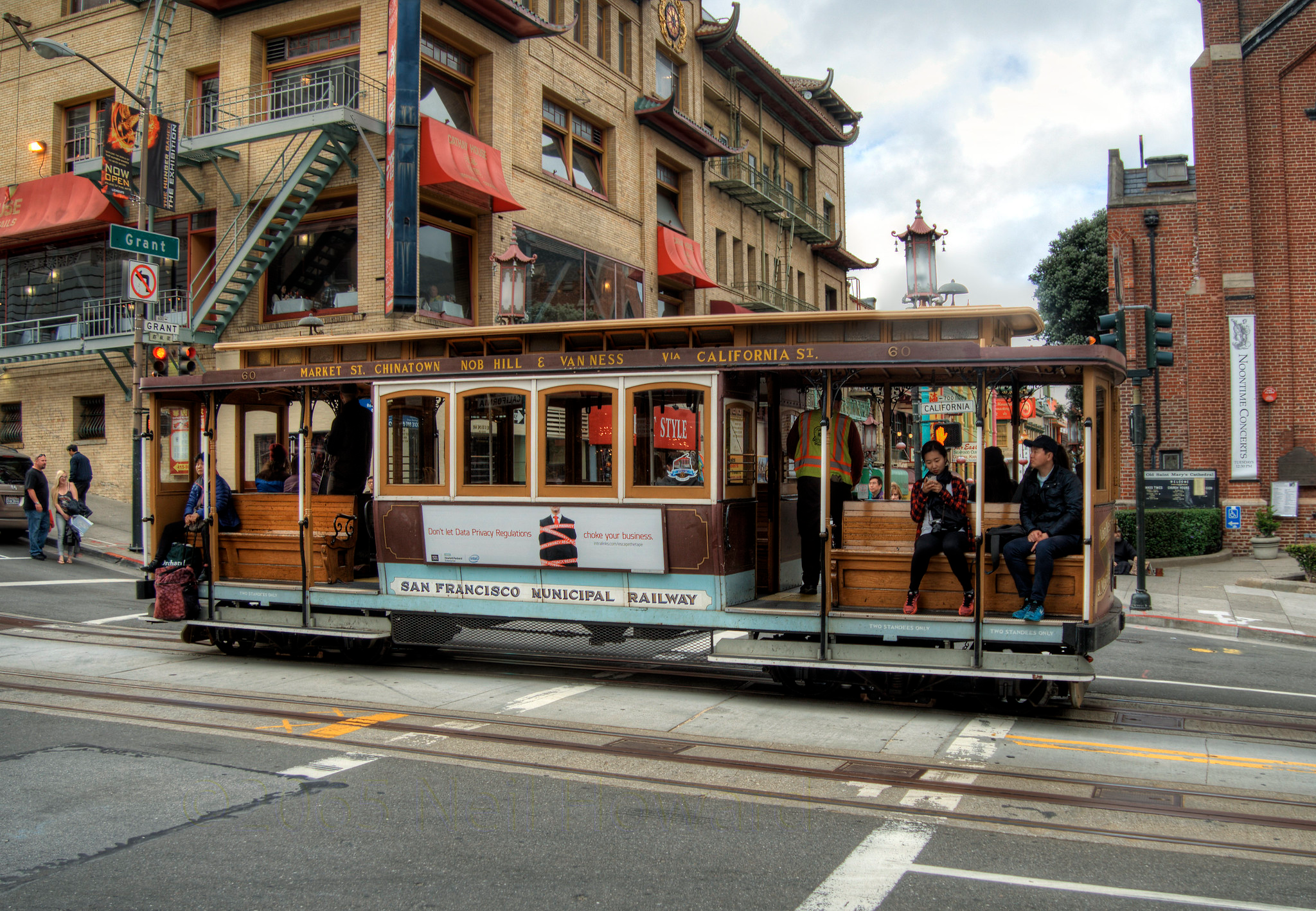
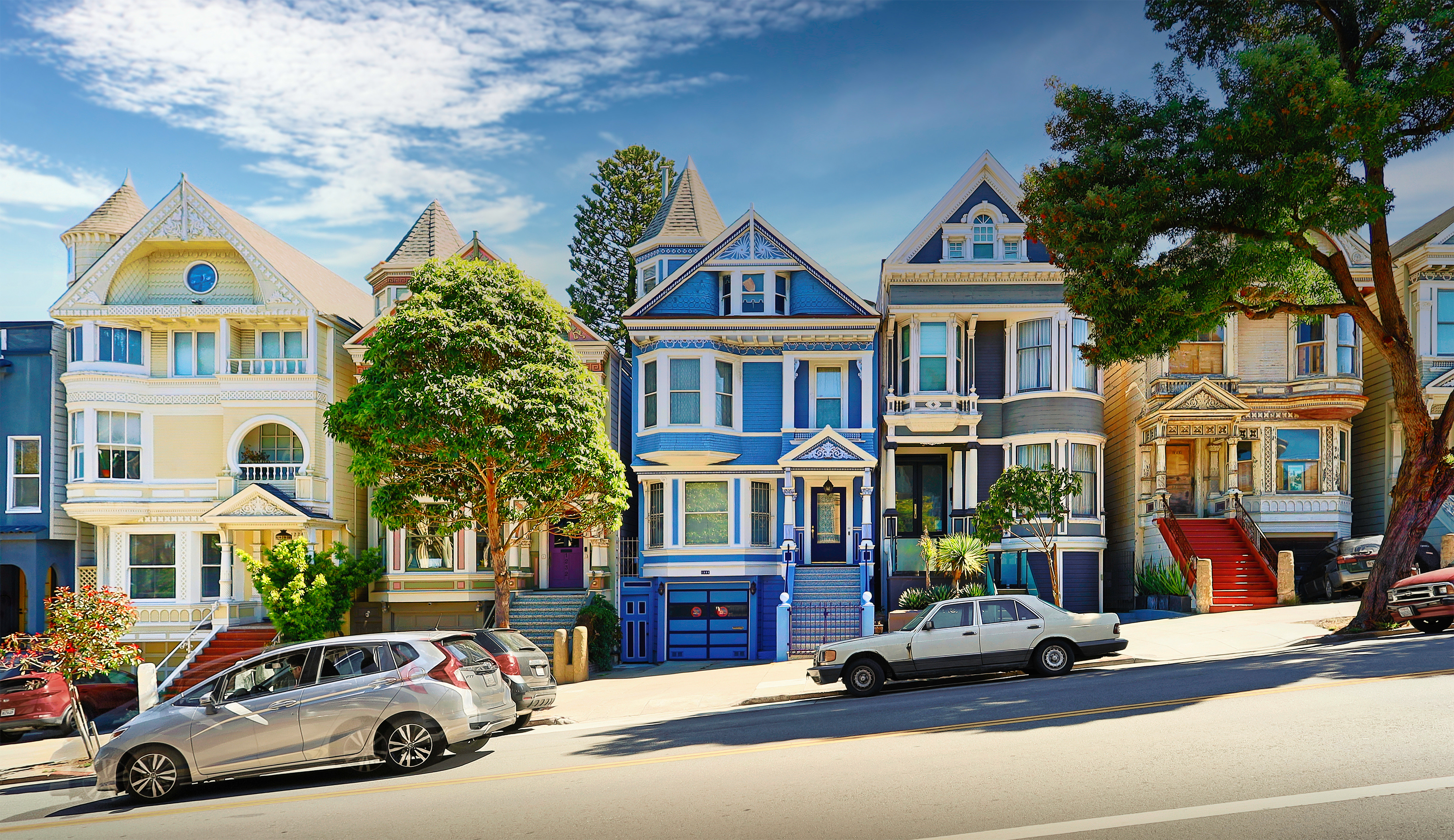
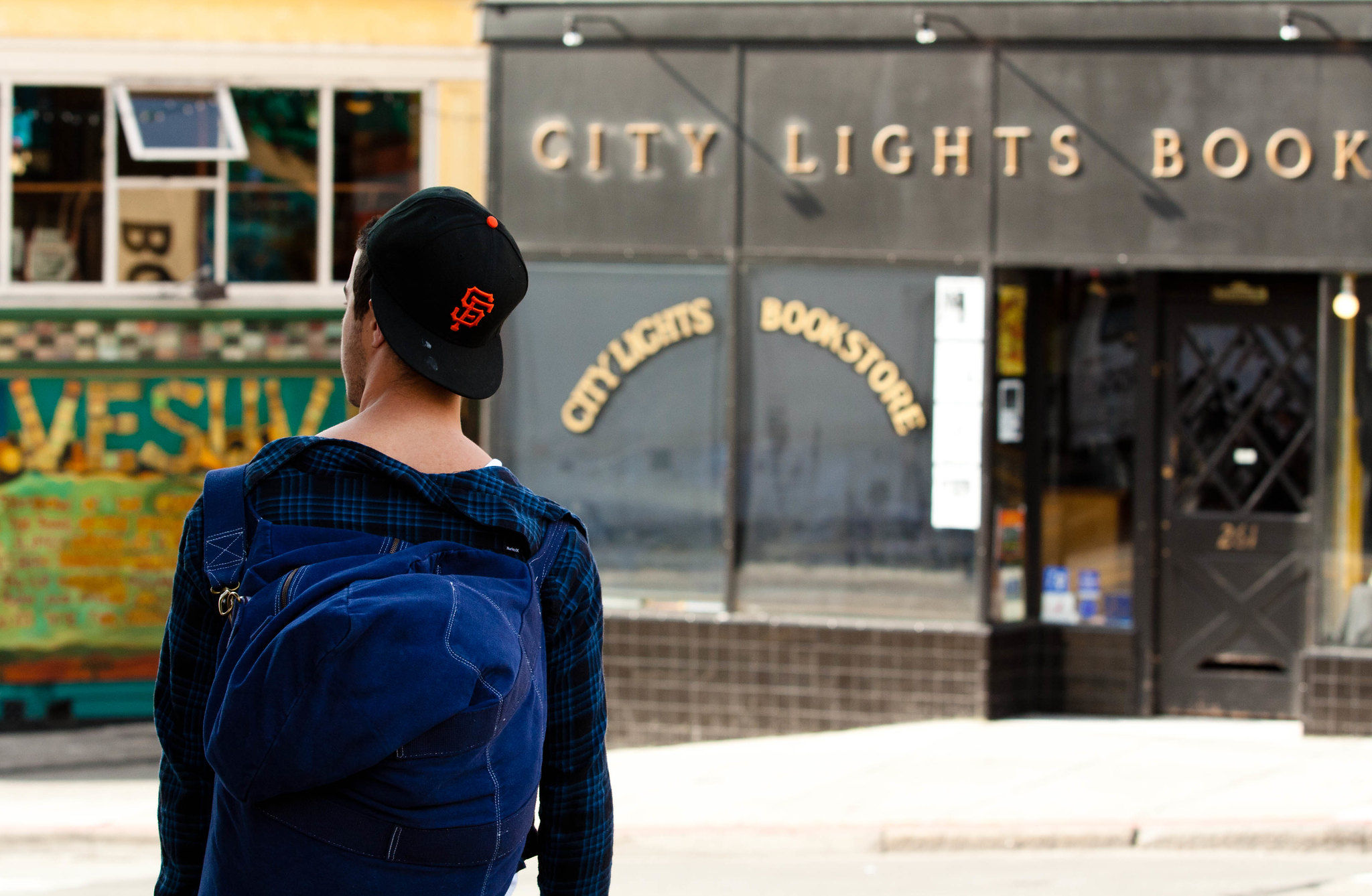
When I moved here in 2008, I was worried that the city would have changed from my first visit. Remarkably though, much of old San Francisco remained. I dug into the history of those places I mentioned — since these were not just the oldest things of their kind in the city, but often in the nation.
I learned about Gilbert Baker, this gay Vietnam vet from Kansas who settled here after the war, and, at gay Supervisor Harvey Milk’s request, helped design and stitch a multi-colored flag for the first Gay Freedom Day — the 1978 event that would morph into Pride. His friend and Milk’s longtime aide, Cleve Jones, once spoke to me about the day another supervisor killed Milk, how he found Milk’s lifeless body in his City Hall office. “We thought it was over, the push for gay rights,” Jones told me while we sat in what was then his regular Café Flore.
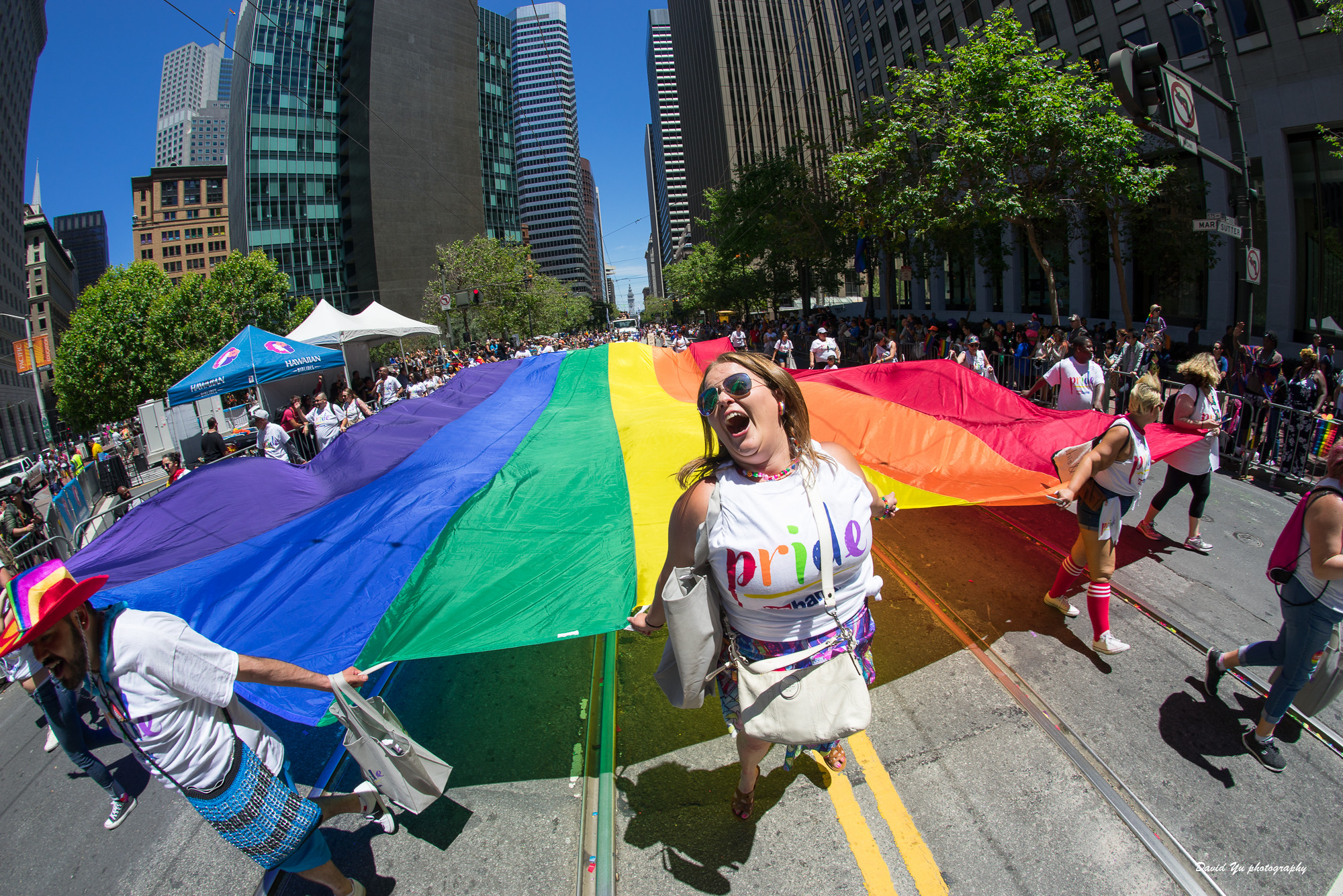
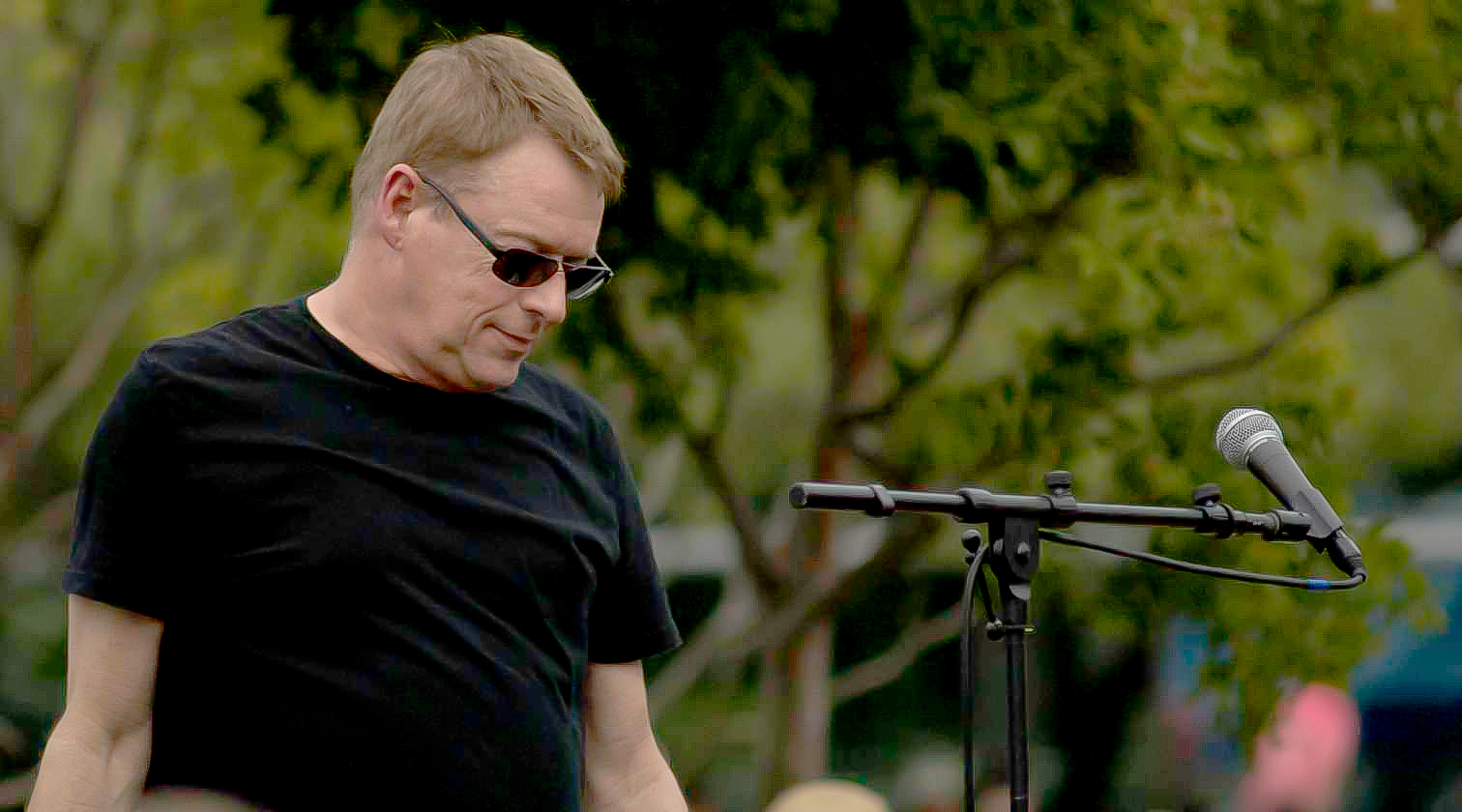
“But then there was a candlelight vigil that night, and you could see the light from it, all along Market Street — everyone came.”
It was moving to me to hear this — of course, it was. And it spoke to me of the spirit of this city, the warmth and fellow feeling that often abounds here.
Each time I’ve held an event to help launch Oldest San Francisco — the just-released book that resulted from my research — someone has asked me to speak to the reports that have the city in an insoluble set of crises. I tend to answer with some version of this: The problems are serious and interlocking, and government, businesses and individuals living here need to pull together to help work at them.
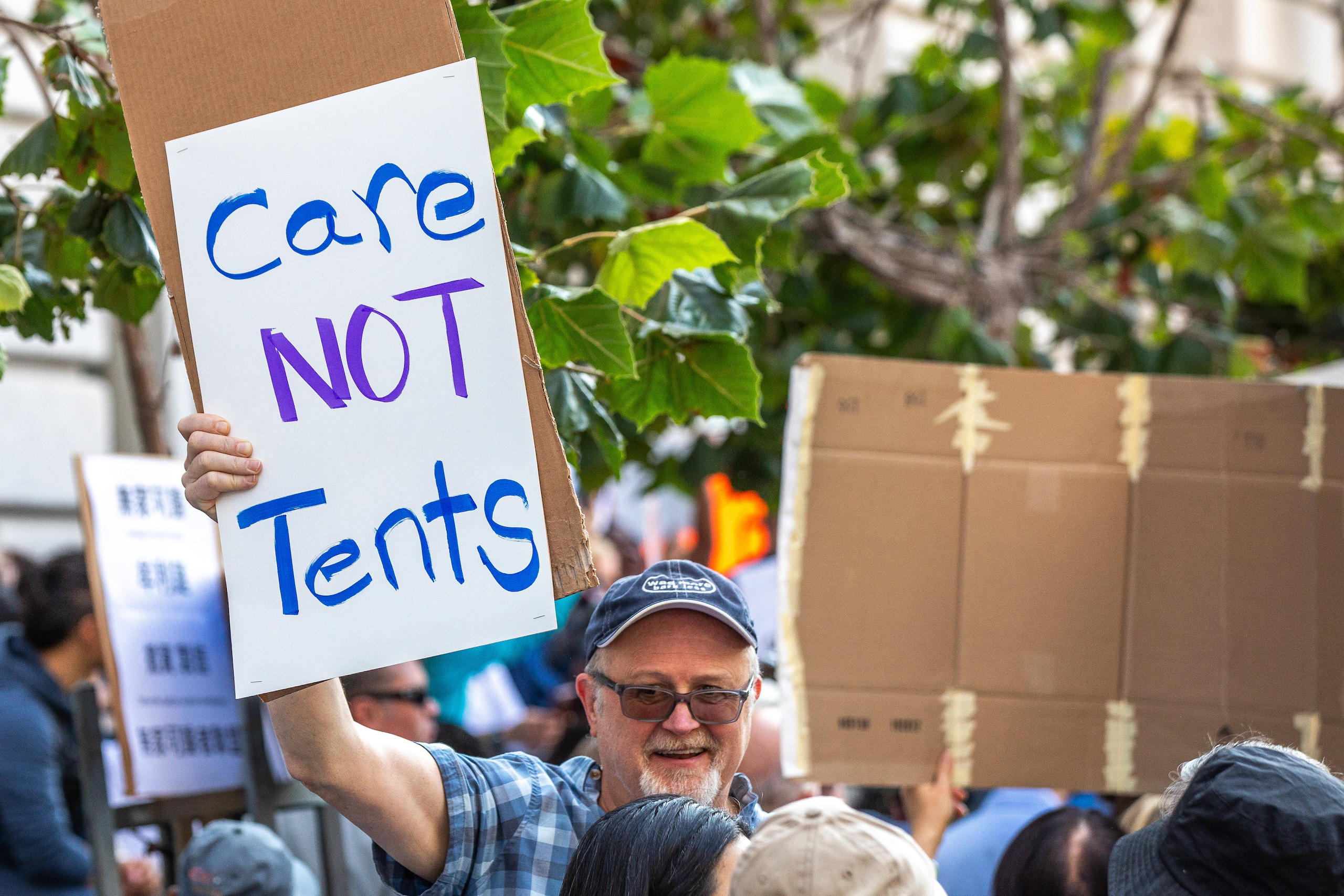
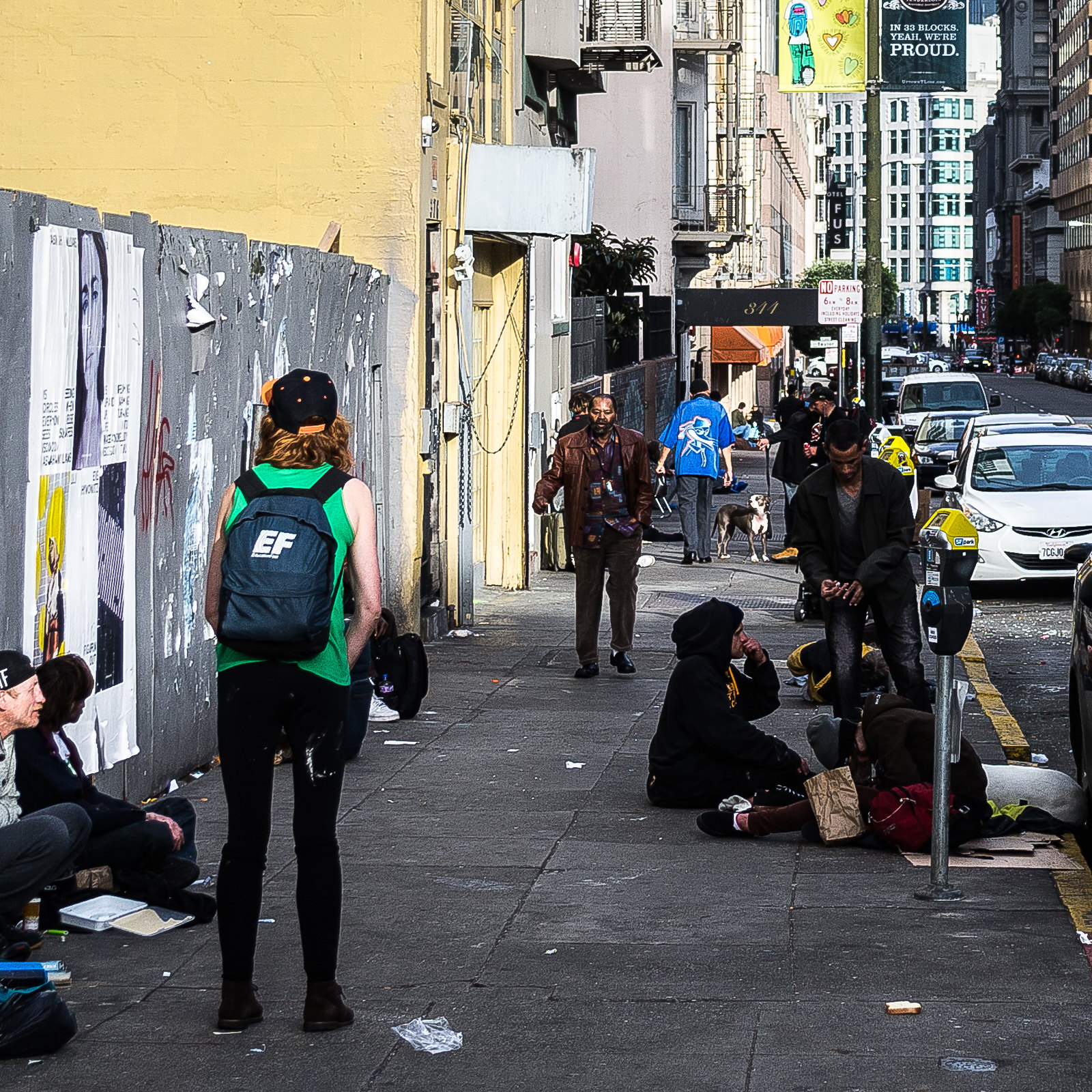
But my research into the city’s past has given me hope that the city and the people who love it will rise to the challenges laid down for those living here now. Within ten years after the 1906 Quake and fire that destroyed much of the still young city, San Francisco had rebuilt and mustered its energies to host what was a blockbuster World’s Fair, the 1915 Panama-Pacific International Exhibit.
In the thick of the Depression, residents didn’t just throw up a serviceable bridge to cross the Golden Gate, they built the soaring engineering marvel, what was then the longest suspension bridge in the world. Visitors still come from around the world to see it, to photograph themselves with it.
To cope with the significant collateral damage of the so-called Summer of Love, a young medic named Dave Smith exited a fairly mainstream career with an upward trajectory to open a free clinic to help his hippie clients with their various health challenges — this clinic became a model for clinics across the country, with Smith famously declaring, “Health Care is a right, not a privilege.”
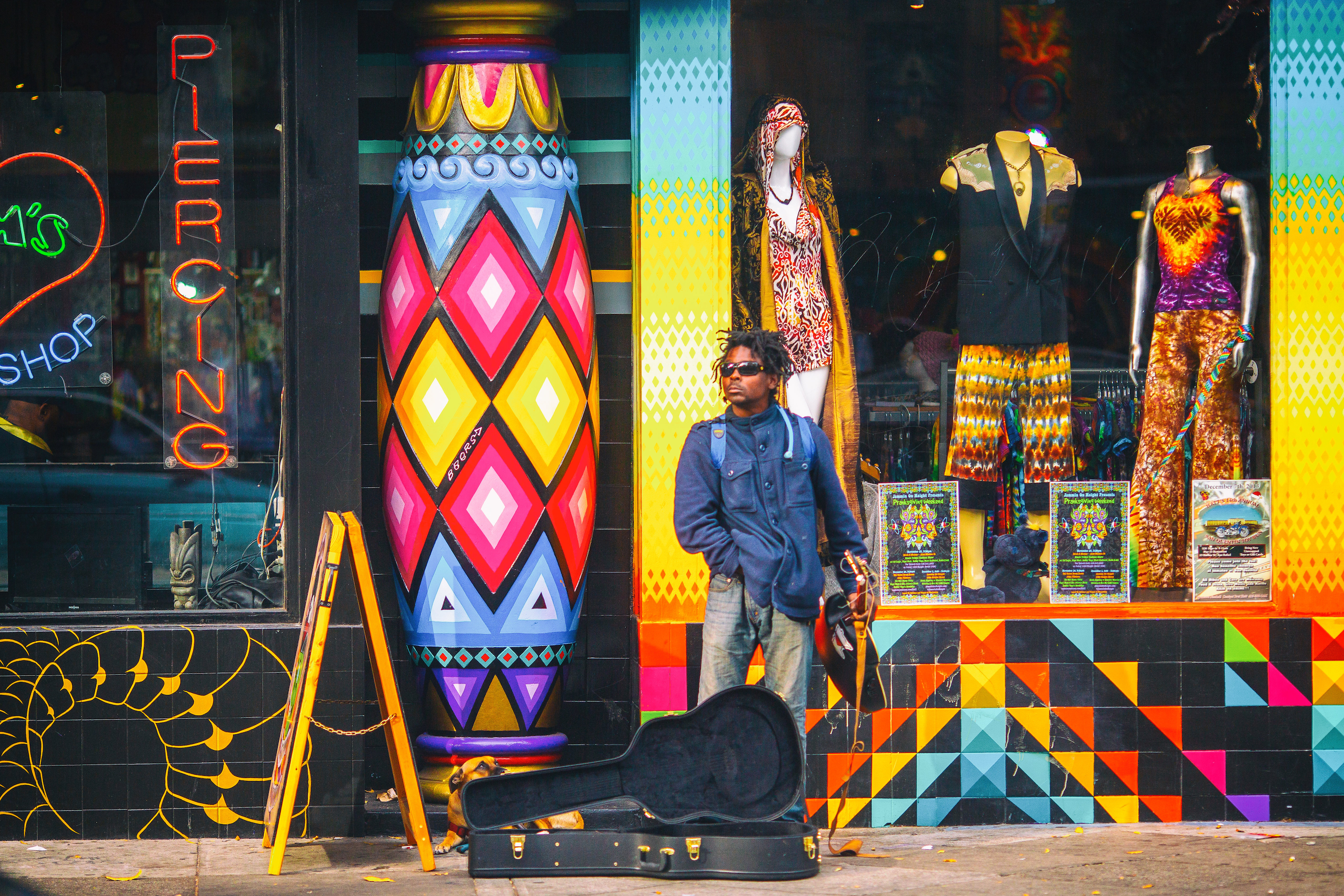
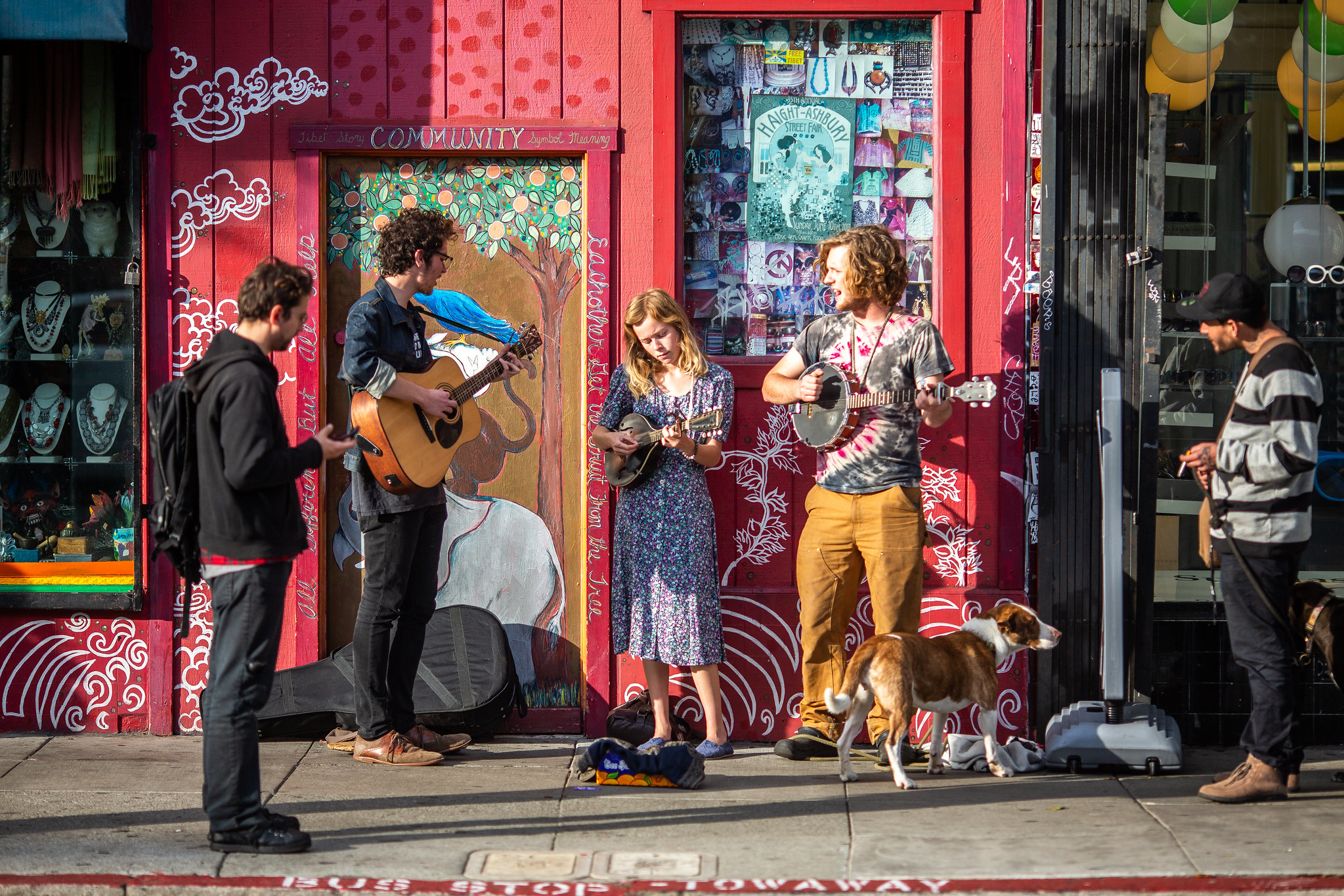
And, after the assassination of Milk and mayor George Moscone, capable Dianne Feinstein emerged to take charge, buoyed up by that candlelight vigil, to move the city past the tragedy, towards the future.
These stories embody some of what I love about here, my adopted home. San Francisco is an influencer city. From here came the blue jeans and the rainbow flag. From here came this idea of health care as a right, not a privilege — an idea that remains controversial in this country, but still, clinics modeled on this one have helped millions of our fellow citizens.
It is a future-oriented city, yes, a city that has drawn dreamers to it from the Gold Rush on. But it is also one with a strong sense of its past. Every day of the year, through the City Guides program, volunteers walk others through the city, speaking gratis of that past. When we moved here in 2008, we went on countless such walks.
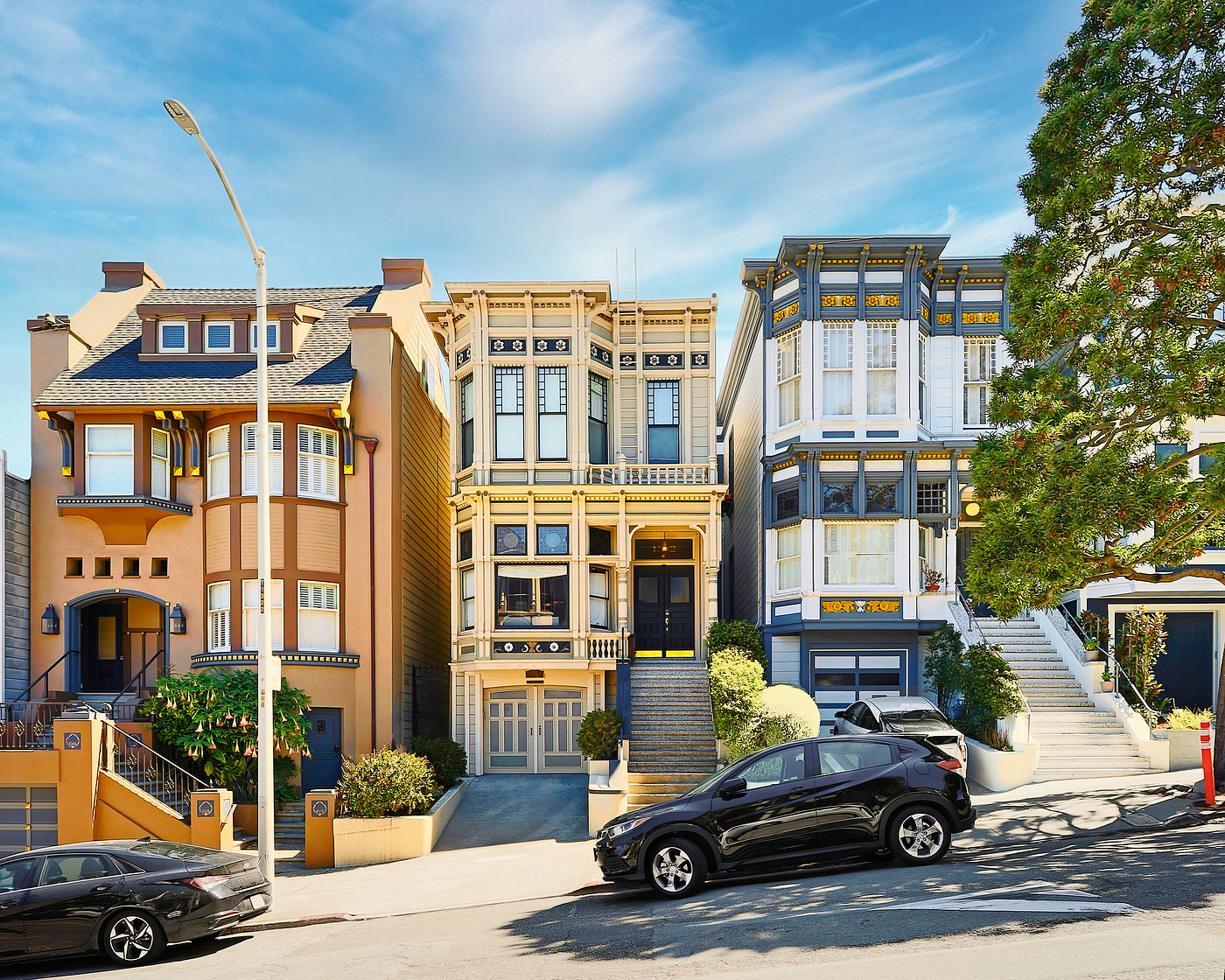
We met the golden fire hydrant that pumped out water during the post-quake fire, saving much of the city. We walked up through Hayes Valley, bustling with new restaurants and businesses, and the owner of one of the historic victorians there took us into his basement to show us his Player Piano collection. He got them all to play that old chestnut, San Francisco, while he stood happily at the back of the room, conducting them with his hands in the air.
The song’s lyric, “Open Your Golden Gate,” has always felt like it was addressed to me, and I’m sure many others who’ve chosen to live here feel the same way. The city’s spirit of openness, of camaraderie, of pulling together in the face of difficulty — I treasure it.
Alec Scott is an award-winning journalist, with features in The New York Times, Guardian, Smithsonian Magazine, Los Angeles Times and Sunset.
Learn more about Oldest San Francisco, his latest book with stories of the institutions that helped make San Francisco the place it is today.
The Bold Italic is a non-profit media organization, and we publish first-person perspectives about San Francisco and the Bay Area. Donate to us today.


